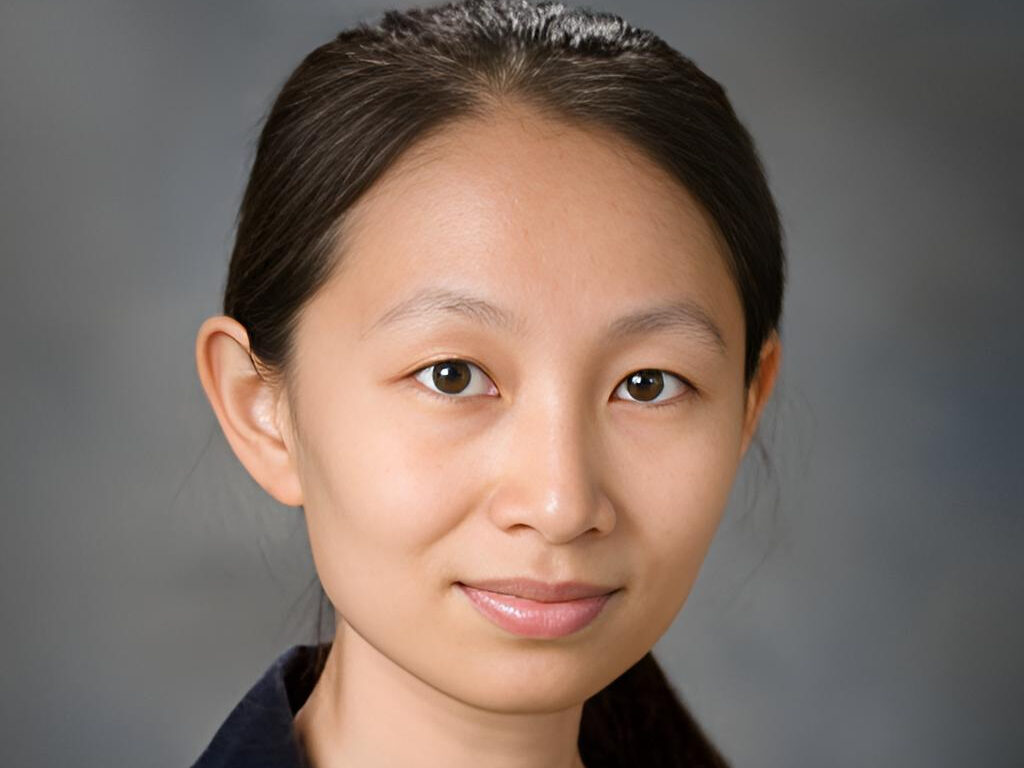Li Ma, Professor of Experimental Radiation Oncology at MD Anderson Cancer Centre, shared on X/Twitter:
“Using genetically engineered mouse models (genetic inactivation and genetic rescue mice) and single-cell data from patients, we show MALAT1 protects against osteoporosis and bone metastasis. MALAT1’s functional mediator, TEAD3, is a drug target.
This finding may provide an answer to a question I had for over a decade: Many lncRNAs are poorly conserved with low copies. Why do normal tissues express a highly abundant and well conserved lncRNA, MALAT1?
In our 2018 Nature Genetics study (PMC6265076), through targeted inactivation, restoration (genetic rescue), and overexpression of Malat1 in mouse models, we found Malat1 suppresses breast cancer lung metastasis through binding and inactivation of the Tead family.
Whether TEAD can function in a YAP-independent manner was elusive. In this study, Tead3, but not other Tead family members, showed a specific expression pattern in primary bone marrow macrophages (pre-osteoclasts), whereas Tead1 and Yap were barely detectable in these cells.
We further found that Tead3 binds and activates Nfatc1, which is required for RANKL-induced osteoclastogenesis, thus revealing a non-canonical function of Tead that is mediated by Nfatc1 and is controlled by Malat1 lncRNA.
Can we develop agents that disrupt the TEAD3-NFATC1 interaction? Perhaps, the TEAD inhibitor could emerge as a drug that not only elicits antitumor responses through the tumor cell-intrinsic mechanism, but also inhibits bone metastasis through the tumor cell-extrinsic mechanism.
Thanks to my team at MD Anderson Cancer Centre, collaborators, and funding support- NCI and American Cancer Society, I have been able to pursue curiosity-driven research, which I hope will expand our understanding of life and lead to new treatments of diseases.”
Source: Li Ma/X

